Karnataka: Welcome skilling initiative
Reshma Ravishanker (Bengaluru)
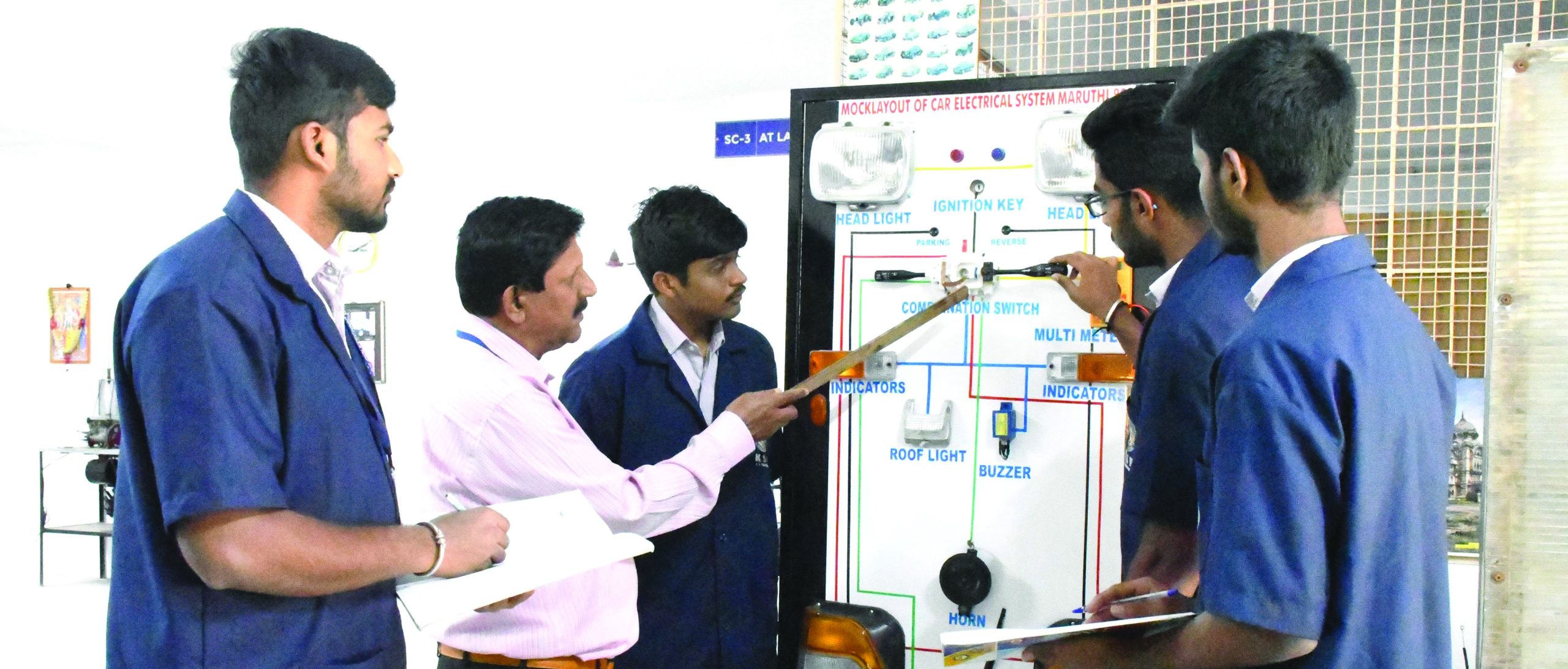
Polytechnic students: new curriculum
Two years after against all pollsters’ opinions, the Congress party was swept to power in Karnataka with a majority of 135 in the 224-strong legislative assembly, the state government is floundering in a sea of troubles. Chief minister Siddaramaiah is under investigation for alleged involvement in a MUDA (Mysore Urban Development Authority) scandal for his wife having allegedly been preferentially awarded prize real estate in Mysore; there is a reportedly rift between Siddaramaiah and his deputy D.K. Shiva Kumar for breach of an alleged top-spot power sharing arrangement; infrastructure maintenance — especially of roads and traffic — is in a shambles and the state’s finances are in disarray because for the past two years the government has splurged 25 percent of its revenue in disbursing free-of-charge electricity, bus rides for women and Rs.3,000 per month doles for unemployed youth. In the state government’s Budget 2025-26 presented on March 7 by Siddaramaiah, Rs.51,034 crore is allocated for freebies, out of a total revenue of Rs.2.92 lakh crore.
Simultaneously in a state which prides itself as the Silicon Valley of India for its high quality human resource, education standards are plunging. According to the Annual Status of Education Report (ASER) 2024 published by the highly-respected Pratham Education Foundation (estb.1994), which measures the reading and math capability of primary school children in rural India, 48 percent of class VII children can’t read class II textbooks and 65 percent can’t solve simple division sums. Moreover, the state’s 436 government colleges are recklessly certifying thousands of graduates — including 1.32 lakh engineers annually — who are mostly unsuitable for employment. Karnataka’s percentage of unemployed is 10.65 percent cf. 5 percent in Kerala, 4.5 percent in Maharashtra, 3 percent in Madhya Pradesh, according to the Mumbai-based Centre for Monitoring Indian Economy. At the recently concluded Global Investors Meet — Invest Karnataka 2025, insufficiency of skilled labour was cited as a major cause of investor reluctance to invest in the state.
Reportedly stung by this feedback and perhaps because of the rising number of unemployed youth lining up to collect unemployment benefits, in February, the state’s Department of Technical Education issued a draft revised curriculum to be implemented from the new academic year 2025-26 in all diploma courses in 107 government, 43 aided, and 150 private polytechnic colleges with an aggregate enrolment of 50,000 students statewide. The draft curriculum christened ‘C-25’ and open for public feedback covers new emerging technologies, including artificial intelligence, drones, and renewable energy, among others, and mandates a compulsory 13-week industry internship for all diploma students.
According to a government spokesperson, the revised C-25 curriculum has been designed in consultation with industry experts and in partnership with the National Institute of Technical Training and Research (NITTR), Chennai, one of four NITTRs set up by the Union education ministry to train polytechnic teachers. On completion of the three-year diploma programme, students will have acquired foundational skills aligned with the National Skills Qualification Framework (NSQF) Level 3, and specialised skills in their subject specialisation of Level 5 NSQF.
The polytechnics curriculum was last revised in 2020 by the BJP government — the C-20 curriculum. However, C-20 drew widespread criticism from polytechnic college managements and faculty for deleting core subjects, clubbing theory and practical classes and being unaligned with the engineering (BE, Bachelor of Engineering) syllabus prescribed by the state’s Visvesvaraya Technological University (diploma graduates are qualified to seek lateral admission into the second year of the four-year BE degree programme). The new C-25 curriculum specifically aligns with the BE engineering syllabus.
Initial feedback to the new C-25 curriculum is positive. “This is a welcome development. With the advent of AI, machine learning, robotics and other emerging technologies, it’s important to regularly revise syllabuses and curriculums to produce job-ready and employable certified graduates. The job role of diploma graduates is to supervise shop floor workers, therefore, they must be abreast with latest industry skills. This will significantly improve workplace efficiency and productivity,” says Prof. A.S. Seetharamu, former professor of education, Institute of Social & Economic Change, Bengaluru.
India Inc is served by perhaps the least skilled workforce worldwide. A mere 4.4 percent of its workers have received formal vocational and skills training (cf. 52 percent in the US and 26 percent in China). Consequently industry, agriculture and service productivity is among the lowest worldwide.
“The Karnataka government’s proposal to overhaul the curriculum for diploma courses and in particular mandate a 13-week industry internship for all diploma students is the need of the hour. The mismatch between industry requirement and college curriculums has to be bridged to increase employment, workplace productivity and efficiency. Diploma courses that provide affordable skills training to class X school-leavers are an overdue solution to India’s skilling and unemployment challenge,” says Prof. K.R. Venugopal, former vice chancellor of Bangalore University and chairman of the committee constituted by the Delhi-based All India Council for Technical Education (AICTE) for inclusion of AI in higher ed curriculums.
While the curriculum revision exercise has been welcomed, inevitably education experts apprehend implementation challenges. In July last year, the state’s department of technical education admitted that 36.70 percent of teaching posts and 80.40 percent of non-teaching posts are vacant in over 150 state-run polytechnics. This huge shortage of teachers is likely to endanger implementation of the C-25 curriculum within the short time of a few months prior to commencement of the new academic year in June.




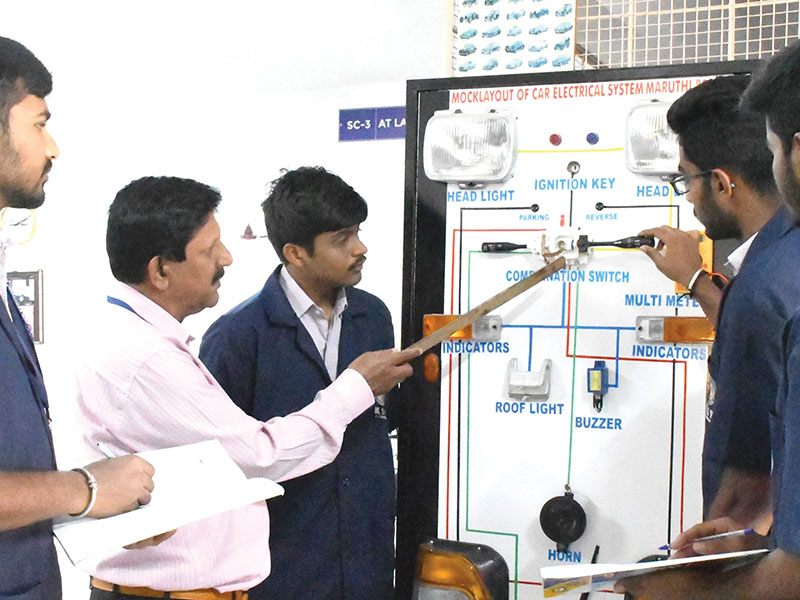


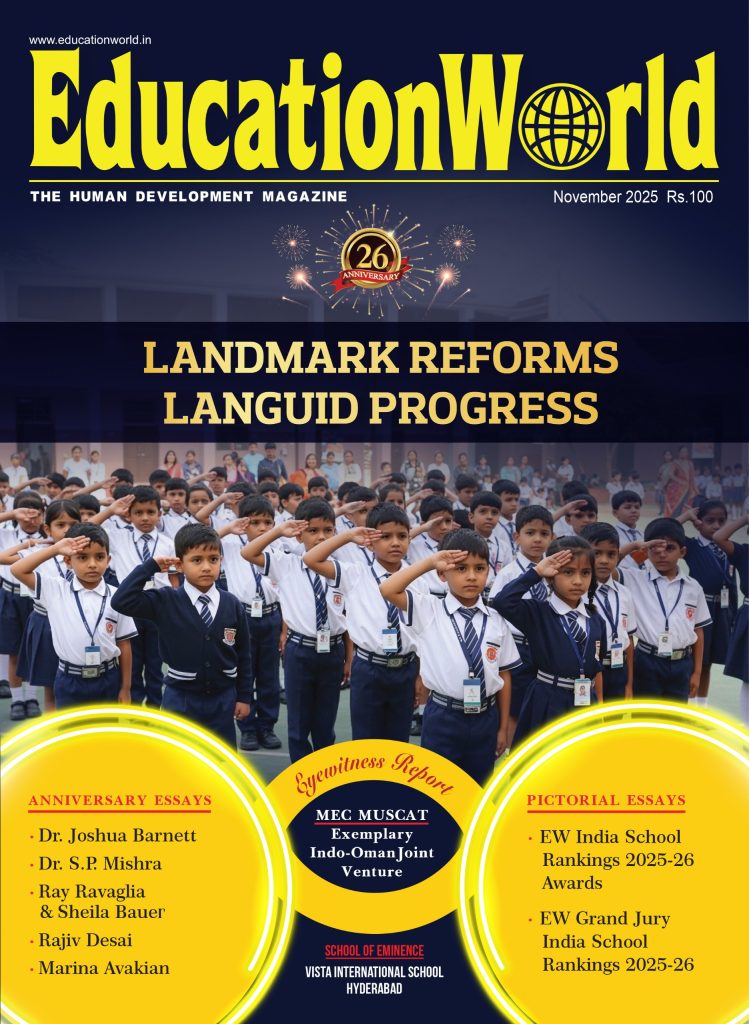
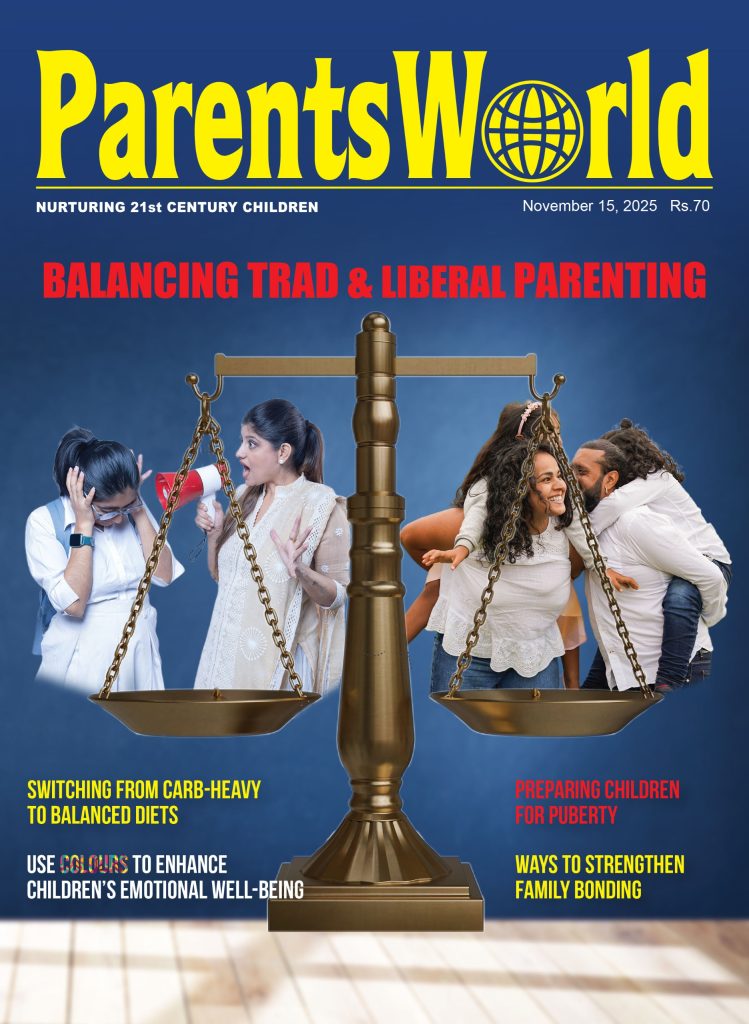



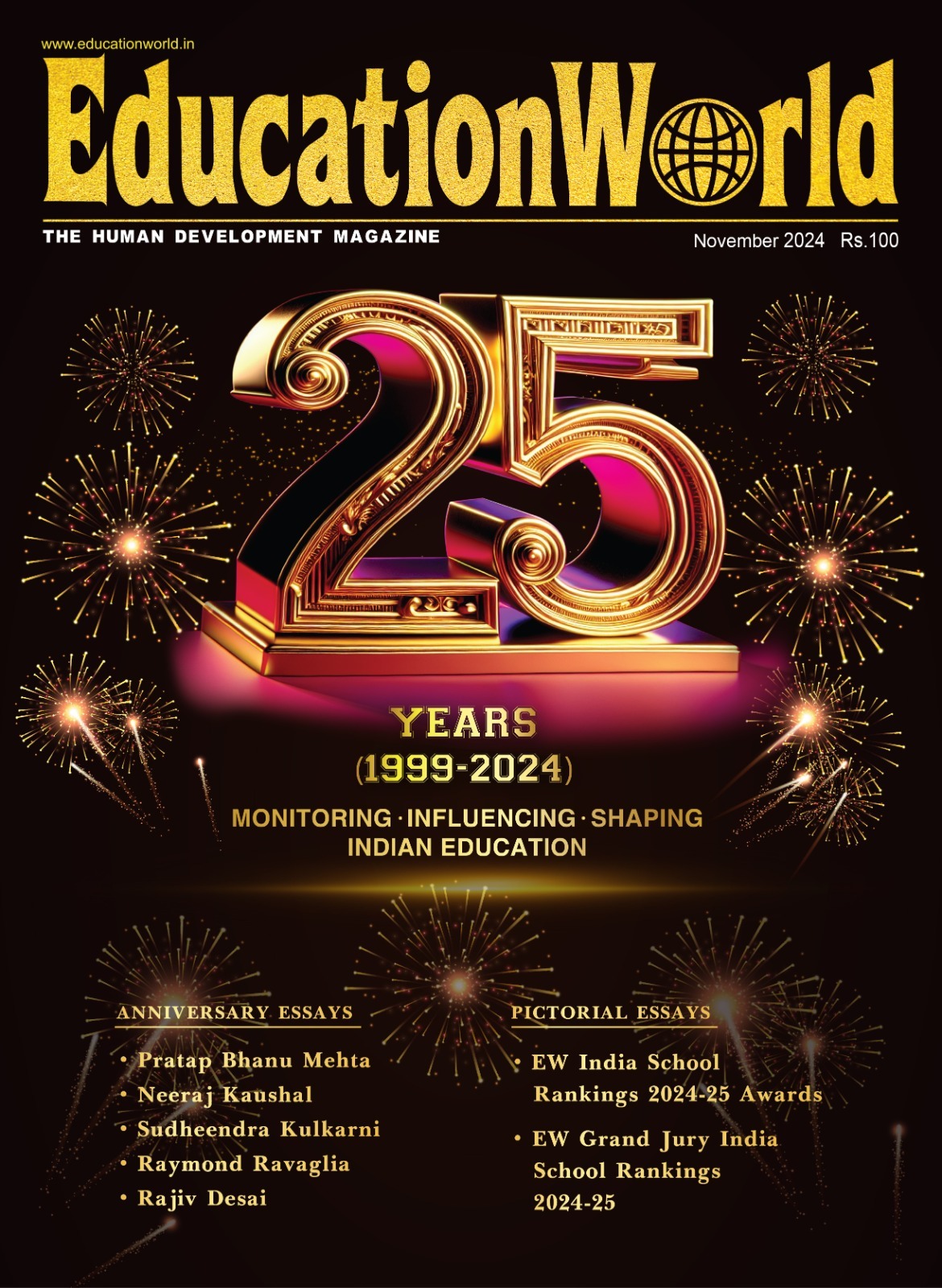



Add comment